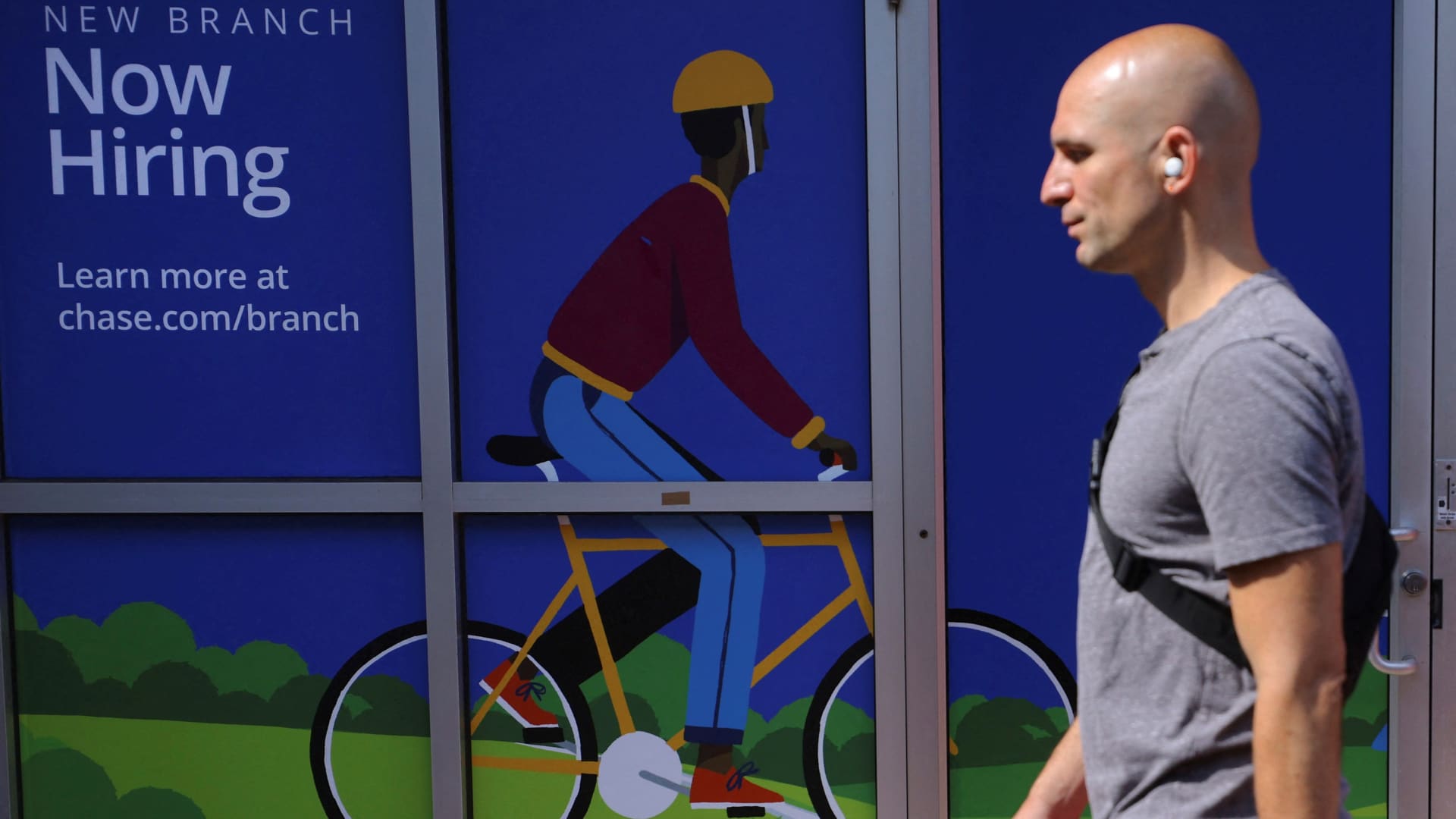Job creation topped expectations in February, but the unemployment rate moved higher and employment growth from the previous two months wasn’t nearly as hot as initially reported.
Nonfarm payrolls increased by 275,000 for the month while the jobless rate moved higher to 3.9%, the Labor Department’s Bureau of Labor Statistics reported Friday. Economists surveyed by Dow Jones had been looking for payroll growth of 198,000.
February was a step higher in growth from January, which saw a steep downward revision to 229,000, from the initially reported 353,000. Job growth in December also was revised down to 290,000 from 333,000, bringing the two-month total to 167,000 fewer jobs than initially reported.
The jobless level increased as the household survey, used to calculate the unemployment rate, showed a decline of 184,000 in those employed. The increase came even though the labor force participation rate held steady at 62.5%, though the “prime age” rate increased to 83.5%, up two-tenths of a percentage point. The survey of establishments shows the total number of jobs.
Average hourly earnings, watched closely as an inflation indicator, showed a slightly less than expected increase for the month and a deceleration from a year ago. Wages rose just 0.1% on the month, one-tenth of a percentage point below the estimate, and were up 4.3% from a year ago, down from the 4.5% gain in January and slightly below the 4.4% estimate.
Hours worked rebounded from a slip in January, with the average work week up to 34.3 hours, an increase of 0.1 percentage point.
The jobs numbers likely keep the Federal Reserve on track to cut interest rates later this year, though the timing and extent remain uncertain.
Stocks rose Friday following the news, with the Dow Jones Industrial Average up nearly 150 points in early trading. Treasury yields moved lower; the benchmark 10-year note was last at 4.07%, down about 0.02 percentage points on the session.
“It’s got literally a data point for every view on…
Read the full article here

Leave a Reply